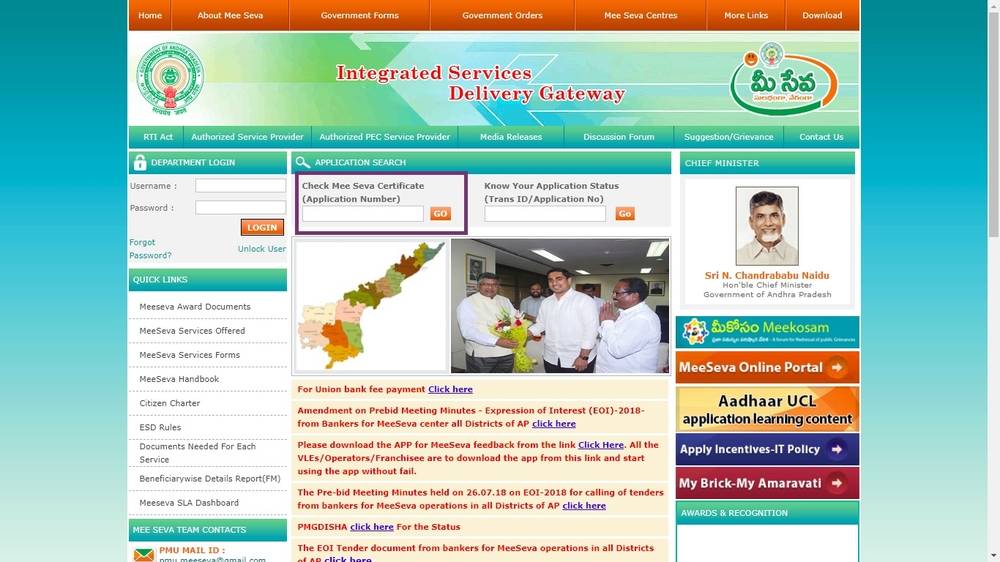On 11 December 2023, a Constitution Bench of the Supreme Court unanimously upheld the power of the President of India to abrogate Article 370 of the Indian Constitution. This abrogation in August 2019 led to the bifurcation of the erstwhile state of Jammu & Kashmir into two Union Territories of J&K and Leh and also denuded the state of its special privileges. The top court said that Article 370 was only a temporary provision to facilitate the accession of the erstwhile princely state to the Union of India during a time fraught with internal strife and external aggression. The judgement was passed by a five-judge constitution bench comprising Chief Justice of India DY Chandrachud, Justices Sanjay Kishan Kaul, Sanjiv Khanna, BR Gavai, and Surya Kant. The SC said that steps should be taken to conduct elections in the assembly by September 30, 2024. The Supreme Court did not accept the argument of petitioners that the Union government cannot take actions of irreversible consequences in Jammu & Kashmir during President’s Rule (the abrogation was done during President’s Rule). The Supreme Court also said Jammu and Kashmir did not retain an element of sovereignty after joining India. Article 370 – Introduction Article 370 is a constitutional provision that gave Jammu and Kashmir its special status. The provision was incorporated in Part XXI of the Constitution: Temporary, Transitional and Special Provisions. As evident from the title of the Part, it was supposed to be a temporary provision and its applicability was projected to last till the formulation and adoption of the State’s constitution. It restricted the Parliament’s legislative powers with respect to the state of J&K. Pandit Nehru, on the floor of Lok Sabha on 27th November 1963, said that Article 370 has been eroded and the process of gradual erosion is going on. A year later, the then Home Minister Gulzari Lal Nanda, again on the floor of Lok Sabha on 4 December 1964, said, Article 370 is a tunnel to take the Constitution of India to Jammu and Kashmir. He further said that in the end, only the shell will remain there and it will be bereft of its contents, and it will hardly make any difference whether it is kept or not. These two statements by two tall leaders of the country speak volumes about the dilution of Article 370 of the Constitution of India just merely after one decade of its enactment. The process had right away started in the year 1950, with the issuance of the Constitutional Application Order 1950, and thereafter, a number of parlances took place between the Centre and the State leadership, which evolved into an agreement known as the Delhi Agreement of 1952, wherein a number of subjects apart from those in the Instrument of Accession were agreed to be made applicable to the State of J&K. Some of them are as under: Appointment of the head of State. Persons having domicile in the State of J&K shall be Citizens of India. Fundamental Rights Jurisdiction of Supreme Court National Flag Financial Integration Emergency Powers Presidential Orders Under Article 370 of the Constitution of India, the President had the power of issuing orders for the application of provisions of the Constitution of India with modifications, exceptions and amendments in the provisions. And this power has been upheld in several cases by the Supreme Court, e.g., in P. L. Lakhanpal vs the State of J&K. As already said, for the application of other provisions of the Constitution of India to the State of J&K, the only mode available was the Constitutional Application Order. And the same was to be done with the consultation and concurrence of the State Government. The Presidential Orders, broadly speaking, deal with the following subject matters: Enhancing the jurisdiction of the Parliament to enact laws in the State of J&K out of the Union List. Laws relating to an increase or decrease in the area of the State. Making provisions for the return of the permanent residents of the State who migrated to the territories included in Pakistan under permit for settlement. Providing for constitutional protection to the laws relating to permanent residents of the state, their special rights and privileges, employment under Government, acquisition of immovable property, settlement in the State, scholarship. Earmarking the number of seats in the House of the people, excluding the area under the occupation of Pakistan. Provision for delimitation of Parliament Constituencies. Transfer of judges from the High Court of J&K or to the said Court. Exclusion of the State List. Provision as regards the decision affecting the disposition of the State of J&K. Acquisition and requisition of immovable property on behalf of and at the expense of the Union. Provision relating to the use of the official language of the Union and in the proceedings before the Supreme Court. Provisions for the proclamation of emergency. Provisions for non-application of the amendments carried out by the Parliament of India in the Constitution of India. Provision for Governor and the Election Commission. In the year 1954, the Constitutional Application Order 1950 was renamed as the Constitutional Application Order 1954 and its issuance was the first infringement on the constitutional autonomy of the State of J&K. It culminated with the issuance of the Constitution (Application to J&K) Order, 2019. Article 370 itself was used to make it weak after remaining on the Constitution book for 70 years. Facts on Article 370 Article 370 – Temporary provisions with respect to the State of Jammu and Kashmir (1) Notwithstanding anything in this Constitution, (a) The provisions of Article 238 shall not apply in relation to the State of Jammu and Kashmir; (b) The power of Parliament to make laws for the said State shall be limited to Those matters in the Union List and the Concurrent List which, in consultation with the Government of the State, are declared by the President to correspond to matters specified in the Instrument of Accession governing the accession of the State to the Dominion of India as the matters with respect to which the Dominion Legislature may make laws for that









